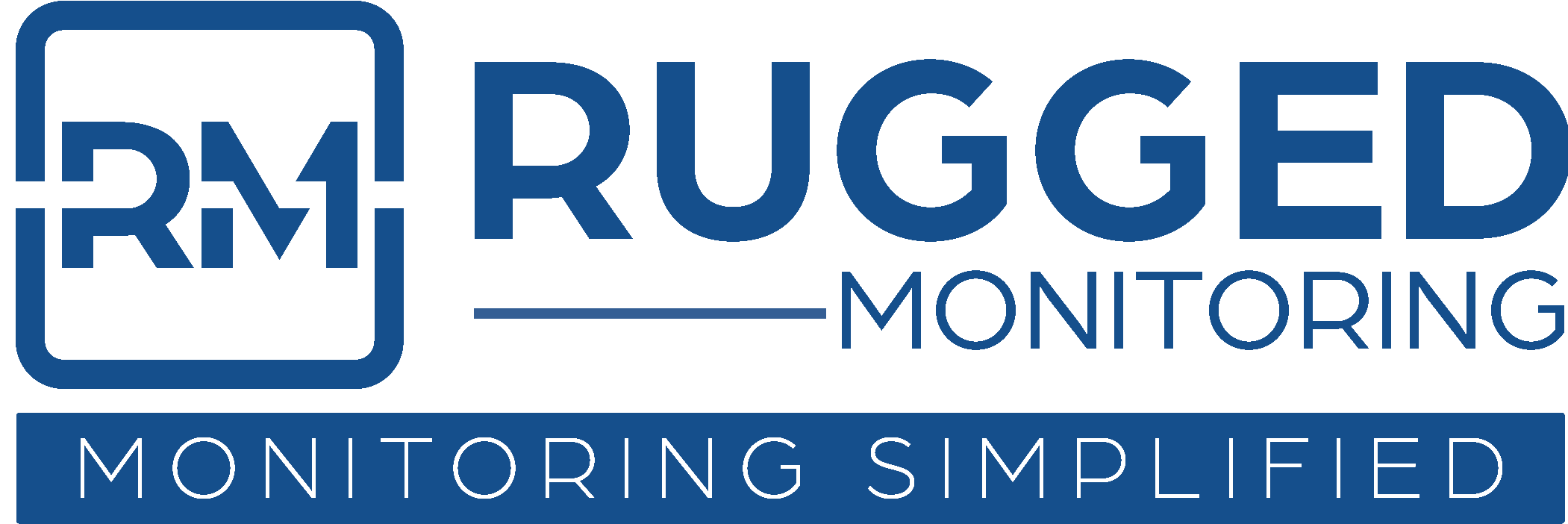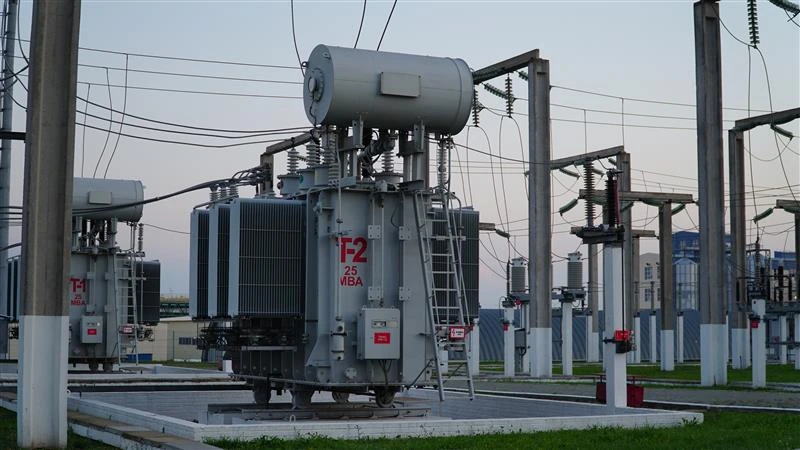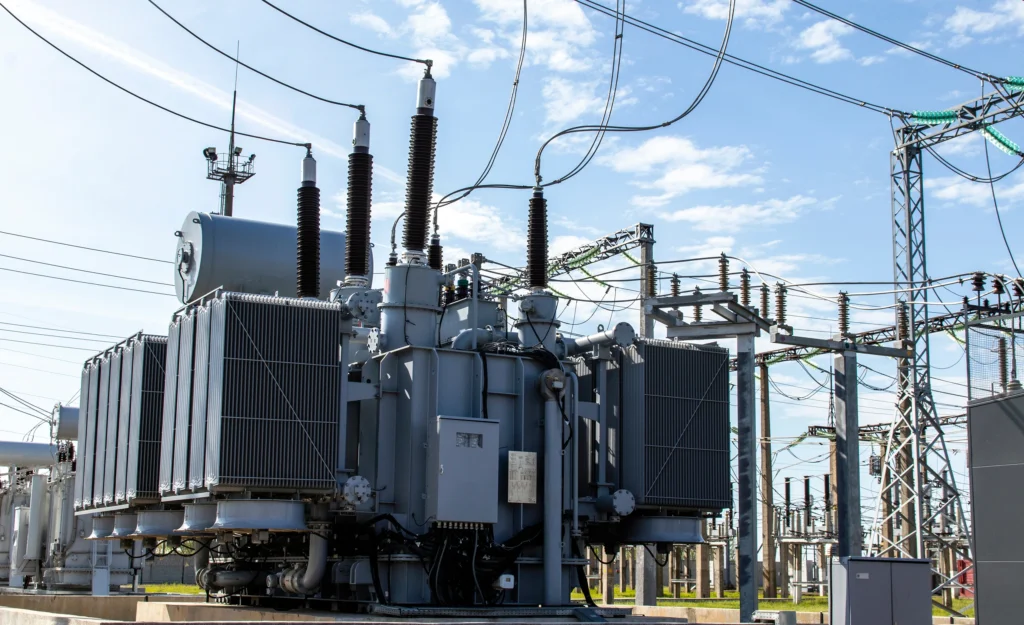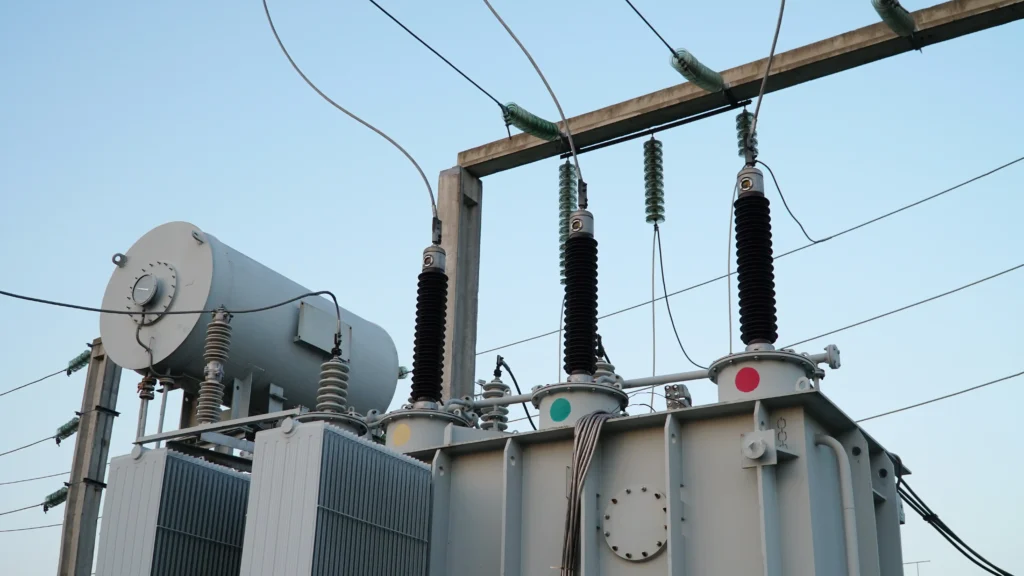Introduction
Transformers play a pivotal role in the electrical power industry, ensuring efficient power transmission and distribution. Like any other electrical asset, their health and efficiency are of paramount importance. Historically, monitoring transformer components was challenging, often requiring manual intervention. But with the advent of electrical asset monitoring software, the game has changed. This article delves into the evolution, benefits, and future prospects of monitoring transformer primary and secondary components, highlighting how companies can harness these advancements to ensure the optimum health of their electrical assets.
Evolution of Transformer Monitoring Techniques
Historically, transformer monitoring relied heavily on manual inspections and traditional methods, often leading to delayed or inaccurate results. Over time, the need for real-time, accurate data led to the development of advanced monitoring techniques. These methods, powered by technology, ensured timely interventions, reducing the risk of equipment failure and enhancing efficiency.
The pivotal role of transformers in the electrical power landscape cannot be understated. Maintaining the effective transmission and distribution of power has always necessitated careful oversight of transformers. Historically, however, such monitoring was anything but easy. The journey of monitoring techniques, especially for transformer primary and secondary components, has seen significant evolution, transitioning from rudimentary methods to technologically advanced solutions.
The Initial Days: Manual and Periodic Checks
In the earlier phases of transformer technology, monitoring was primarily manual. Engineers and technicians relied on periodic checks, using basic instruments to measure parameters like voltage, current, and temperature. While these methods provided insights, they were often reactive rather than proactive, catching issues only after they had become significant.
The Rise of Semi-automated Monitoring
As technology began to advance, so did the methods of transformer monitoring. Introduction of semi-automated tools allowed for more frequent data collection. Devices started to measure additional parameters such as oil quality, partial discharge, and moisture content in transformer primary and secondary components. Yet, these methods, although more advanced than their predecessors, still lacked real-time monitoring capabilities.
Integration of IT in Monitoring
The convergence of IT with transformer monitoring techniques marked a notable shift. With the advent of computer systems and software, data from transformers could be collected in near real-time and stored for analysis. This not only facilitated timely interventions but also provided a foundation for predictive maintenance strategies.
Harnessing the Power of IoT and Advanced Sensors
The latest in the evolutionary journey is the integration of Internet of Things (IoT) and advanced sensors. Modern monitoring systems, equipped with these technologies, provide continuous insights into the health of transformer primary and secondary components. Such comprehensive monitoring solutions offer unparalleled accuracy and predictive analysis, ensuring timely interventions and optimized operations.
In conclusion, the evolution of transformer monitoring techniques highlights the industry’s commitment to adapt and innovate. From manual checks to IoT-enabled real-time monitoring, the journey underscores the importance of continuous monitoring in ensuring the health and longevity of transformers.
Innovations in Modern Monitoring Techniques
The digital age brought a revolution in transformer monitoring. Advanced software and sensor technologies provide real-time insights into the transformer’s primary and secondary components. These innovations not only offer enhanced accuracy but also predictive analysis, helping in proactive maintenance.
The landscape of transformer monitoring, particularly for primary and secondary components, has undergone substantial transformation over the years. As the electrical sector accelerates towards a digital era, innovations in monitoring techniques have emerged at the forefront, significantly enhancing transformer efficiency, reliability, and lifespan.
Integration of Artificial Intelligence and Machine Learning
One of the ground breaking innovations in modern monitoring methods is the integration of Artificial Intelligence (AI) and Machine Learning (ML). These technologies enable predictive analytics, which means potential issues can be identified and rectified even before they manifest into major problems. With AI-driven algorithms, the analysis of data from transformer primary and secondary components becomes more accurate, allowing for optimized maintenance schedules and reduced downtimes.
Real-time Monitoring and Cloud Connectivity
Modern monitoring solutions often come equipped with real-time monitoring capabilities, ensuring continuous oversight of transformer health. When coupled with cloud connectivity, this real-time data can be accessed from anywhere, offering flexibility and facilitating quick decision-making. Furthermore, cloud-based solutions enable easy scalability, ensuring that as the infrastructure grows, the monitoring capabilities can be expanded seamlessly.
Advanced Sensory Technology
Recent years have witnessed the introduction of advanced sensors that can detect even the minutest of changes within transformer primary and secondary components. These sensors, often IoT-enabled, can measure multiple parameters simultaneously, from temperature variations to oil quality, ensuring comprehensive monitoring.
Integration with Centralized Control Systems
Today’s monitoring solutions are designed to integrate seamlessly with centralized control and management systems. This not only allows for holistic oversight of the entire electrical infrastructure but also facilitates automated responses based on the data received from the transformers.
Cybersecurity Measures
With the increasing reliance on digital solutions, the importance of cybersecurity cannot be overlooked. Modern monitoring techniques incorporate robust cybersecurity measures, ensuring that the data related to transformer primary and secondary components remains protected from potential threats.
In essence, the innovations in modern monitoring techniques are a testament to the industry’s commitment to harnessing technology for optimal results. These advancements not only ensure the prolonged health of transformers but also contribute significantly to the overall efficiency and reliability of the electrical infrastructure.
Benefits of Monitoring Primary and Secondary Components
Transformers play a pivotal role in electrical power distribution, with the primary and secondary components being at the heart of their operation. These components, being integral to the transformer’s function, are subjected to various stresses during their lifecycle. Implementing advanced monitoring solutions for these components is not just a choice but a necessity in today’s fast-paced electrical world. Here’s a deep dive into the manifold benefits of closely monitoring transformer primary and secondary components:
1. Enhanced Operational Efficiency:
By continuously monitoring the primary and secondary components, anomalies are detected early, ensuring transformers operate at optimal efficiency. This can lead to significant energy savings and, subsequently, financial benefits.
2. Predictive Maintenance:
Modern monitoring techniques allow companies to shift from reactive maintenance to predictive maintenance. By analyzing data patterns, potential failures can be forecasted, and pre-emptive action can be taken, reducing unplanned downtimes.
3. Prolonged Equipment Lifespan:
Consistent monitoring can significantly extend the lifespan of the transformer. Identifying and addressing minor issues before they escalate ensures the transformer operates within safe parameters, thereby enhancing its longevity.
4. Reduced Operational Costs:
Unplanned downtimes and emergency repairs can be costly. By detecting potential issues early, companies can plan maintenance activities better, leading to considerable cost savings in the long run.
5. Safety Assurance:
Transformers, if not properly maintained, can pose safety risks. Continuous monitoring of the primary and secondary components ensures that any deviations from the norm are instantly flagged, thereby averting potential hazards.
6. Data-Driven Decision Making:
The data obtained from monitoring can be a goldmine of information. It can offer insights into the operational health of transformers, helping in making informed decisions regarding upgrades, replacements, or capacity enhancements.
In conclusion, the meticulous monitoring of transformer primary and secondary components is not just about ensuring operational efficiency but also about safeguarding investments, ensuring safety, and making informed decisions that have long-term implications. As the electrical sector continues to evolve, the importance of such monitoring will only grow, making it an indispensable aspect of transformer management.
Case Studies and Real-world Applications
The practical advantages of electrical asset monitoring software are best demonstrated through real-world applications. By delving into case studies, one can appreciate the tangible benefits and the transformative impact that such software has on monitoring transformer primary and secondary components.
1. Utility Company A – Enhanced Predictive Maintenance:
A renowned utility company once faced frequent transformer failures. By implementing electrical asset monitoring software, they could monitor the conditions of the transformer primary and secondary components in real-time. The software’s data analytics capabilities identified potential issues before they escalated, reducing unplanned outages by 60% within a year.
2. Industrial Plant B – Cost Savings and Efficiency:
An industrial plant suffering from high energy costs integrated a comprehensive monitoring solution. The software’s real-time data analysis pinpointed inefficiencies in the transformer components. Through timely interventions, the plant witnessed a 20% reduction in energy costs over six months.
3. Research Institution C – Safety and Compliance:
For a leading research institution, safety was paramount. The electrical asset monitoring software they employed ensured that transformer primary and secondary components operated within safe parameters, significantly decreasing safety incidents. The institution also found it easier to adhere to regulatory compliance, thanks to the software’s detailed reporting.
4. Government Agency D – Informed Decision-making:
A government agency responsible for energy distribution across a city was mulling over a significant infrastructure upgrade. The data from their monitoring software provided insights into the health and efficiency of their transformers, helping them make data-driven decisions about where investments were truly needed.
5. Educational Institution E – Reliability and Continuous Operation:
An educational institution, having crucial research facilities, couldn’t afford power disruptions. The asset monitoring software they adopted flagged minor issues in transformer components, which were rectified promptly, ensuring continuous and reliable power supply for their critical operations.
These case studies underscore the transformative potential of electrical asset monitoring software. Whether it’s about ensuring reliability, enhancing safety, making informed decisions, or achieving cost efficiencies, the real-world applications of such software are both compelling and varied.
Looking Ahead: The Future of Transformer Component Monitoring
As technology and innovation continue to push boundaries, the domain of transformer component monitoring is poised for significant advancements. Monitoring the transformer primary and secondary components has always been critical, but with the advent of new technologies and methodologies, the depth and breadth of this monitoring are set to reach unprecedented levels.
1. Integration with IoT and Big Data:
The Internet of Things (IoT) envisions a future where sensors can be integrated into every component of a transformer, providing real-time data. When combined with Big Data analytics, these vast streams of data can provide unparalleled insights into the health, performance, and efficiency of transformer primary and secondary components.
2. Predictive Analytics and AI:
Artificial Intelligence and machine learning algorithms are being developed to predict potential failures or inefficiencies based on historical data and real-time monitoring. This predictive approach can foresee issues before they become critical, allowing for timely interventions.
3. Remote Monitoring Capabilities:
With the rise of cloud-based solutions and advanced telemetry, remote monitoring of transformers, even those in inaccessible or hazardous locations, will become the norm. This not only reduces the need for manual inspections but also ensures that issues are flagged in real time.
4. Enhanced Safety Protocols:
Future monitoring solutions will be integrated with automated safety protocols. In situations where the software detects anomalies that could lead to hazardous conditions, automatic shutdowns or alerts can be initiated, ensuring the safety of the infrastructure and personnel.
5. Sustainable and Green Monitoring Solutions:
As the world gravitates towards sustainable solutions, the future will see monitoring techniques that not only ensure the efficiency of transformer primary and secondary components but also minimize environmental impact. This includes reducing wastage, optimizing energy use, and mitigating any environmental hazards.
6. Integration with Smart Grids:
As power grids evolve into smart grids, transformers will play a pivotal role. Advanced monitoring solutions will ensure that transformers are fully integrated into these smart grids, facilitating dynamic power distribution based on real-time demand and supply analytics.
In conclusion, the future of transformer component monitoring is a blend of cutting-edge technology and innovative methodologies. As the industry evolves, these advancements will play a pivotal role in ensuring the reliability, efficiency, and sustainability of electrical power distribution systems.
Conclusion
The journey from traditional to advanced transformer monitoring techniques underlines the industry’s commitment to optimization and efficiency. With the tools now available, companies have an unparalleled opportunity to ensure the health and longevity of their electrical assets. As we move forward, the fusion of technology and monitoring promises a brighter, more efficient future for the electrical power industry.



